
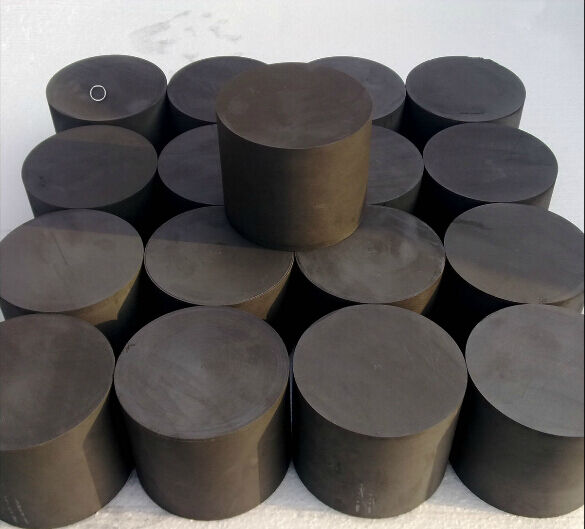
تتطلب تطبيقات التسخين الصناعية مواد يمكنها تحمل درجات الحرارة القصوى مع الحفاظ على توصيل حراري استثنائي ومقاومة كيميائية عالية. وقد برزت سخانات الجرافيت كمكون حاسم في العديد من عمليات التصنيع...
عرض المزيد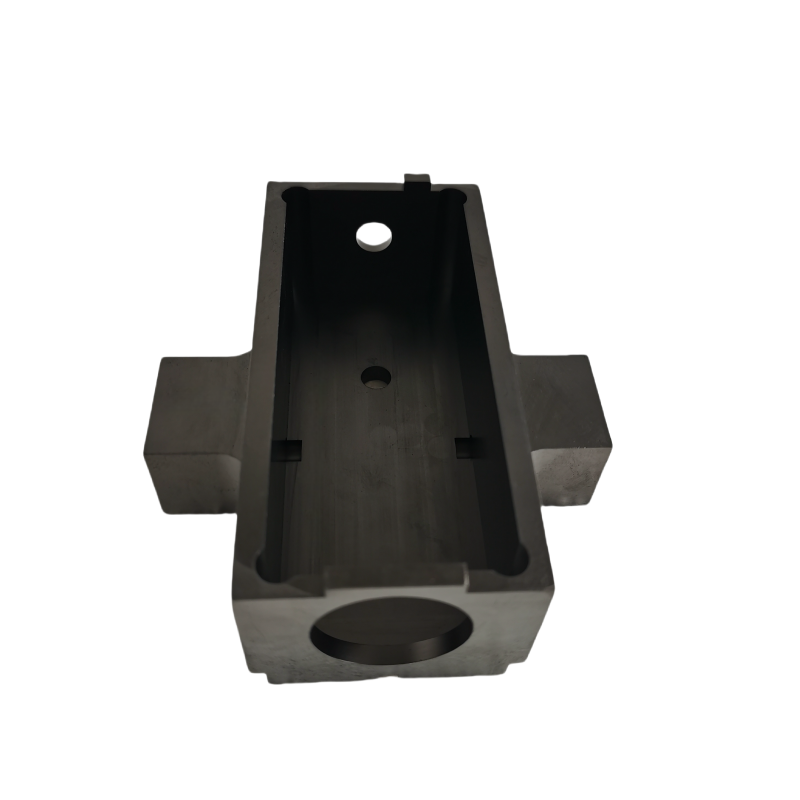
في البيئة الصناعية المعاصرة الصعبة، أصبح تحقيق التحكم الدقيق في درجة الحرارة مع الحفاظ على الكفاءة الطاقوية عاملاً حاسماً للنجاح التصنيعي. وقد برزت سخانات الجرافيت كحل تسخين متفوق، وتقدم ما عدا ذلك...
عرض المزيد
أحدث تقنية فرن الفراغ ثورة في المعالجة ذات درجات الحرارة العالية عبر مجموعة واسعة من التطبيقات الصناعية، من تصنيع مكونات الطيران والفضاء إلى إنتاج أشباه الموصلات. وفي قلب هذه الأنظمة المتطورة يكمن عنصر التسخين...
عرض المزيد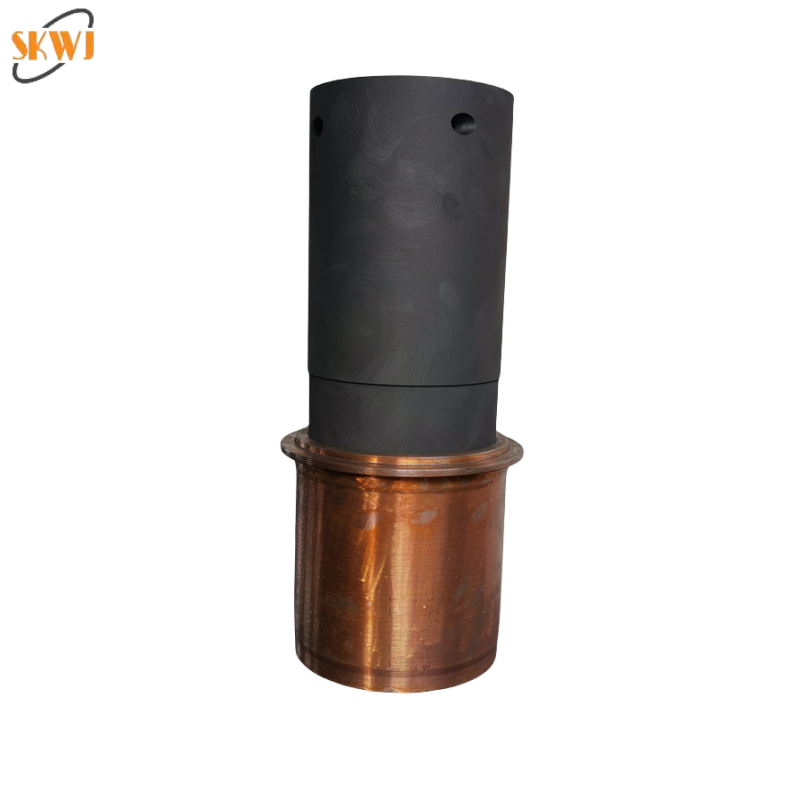
تعتمد الصناعات التحويلية في جميع أنحاء العالم على حلول الختم التي يمكنها تحمل الظروف القاسية مع الحفاظ على السلامة التشغيلية. من بين أكثر مواد الختم مرونة وموثوقية المتاحة اليوم، تُعدّ جaskets الرسمية (الجرافيت) واحدة من أبرز الخيارات، والتي تتمتع بقدرات...
عرض المزيد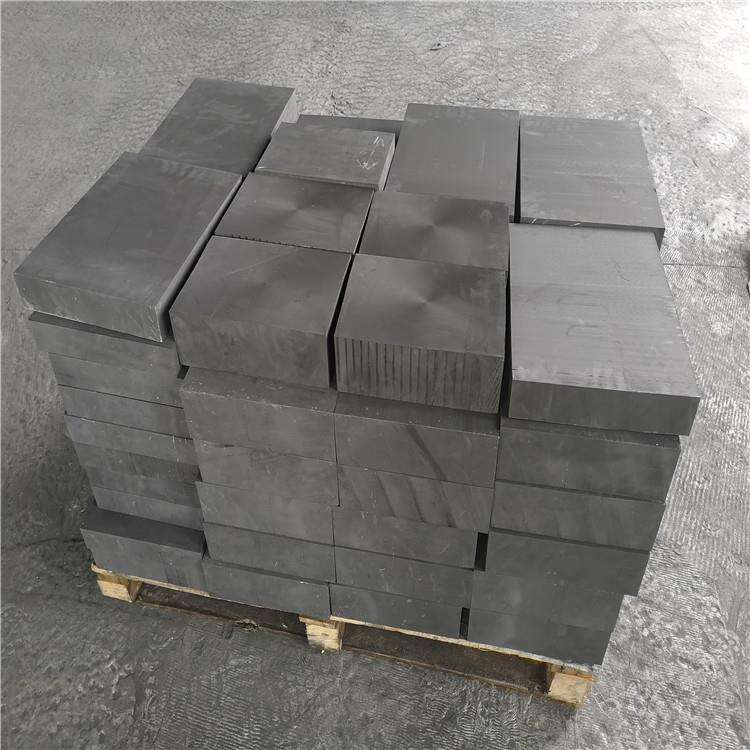
لقد تطورت حلول الختم الصناعية تطوراً كبيراً على مدى العقود الماضية، حيث برزت جaskets الجرافيت المرنة كإحدى أكثر الخيارات موثوقية وتنوعاً للتطبيقات الحرجة. توفر هذه المكونات المتقدمة لأغراض الختم أداءً استثنائياً في...
عرض المزيد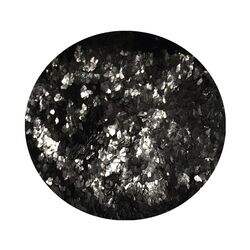
فهم الاختلافات الأساسية بين المواد الجرافيتية الطبيعية والصناعية في عالم المواد الصناعية، تلعب رقائق الجرافيت دورًا حيويًا في العديد من التطبيقات، بدءًا من تخزين الطاقة وصولاً إلى مواد التشحيم وما بعدها. يُعد التمييز بين الجرافيت الطبيعي والجرافيت الاصطناعي أمرًا بالغ الأهمية لتحديد الاستخدامات المناسبة لكل نوع، حيث تختلف خصائصهما الفيزيائية والكيميائية بشكل كبير.
عرض المزيد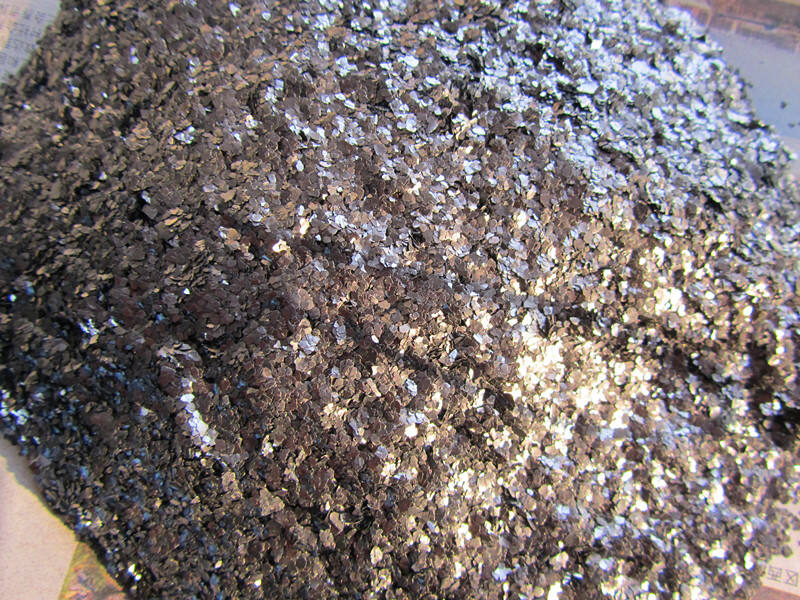
فهم الطبيعة المتعددة الاستخدامات لرقائق الجرافيت الصناعية، وقد أقر العالم الصناعي منذ فترة طويلة برقائق الجرافيت باعتبارها مادة أساسية في تطبيقات متعددة، خاصةً في المزلقات والطلاءات الواقية. إنها مادة تحدث بشكل طبيعي في مختلف التطبيقات.
عرض المزيد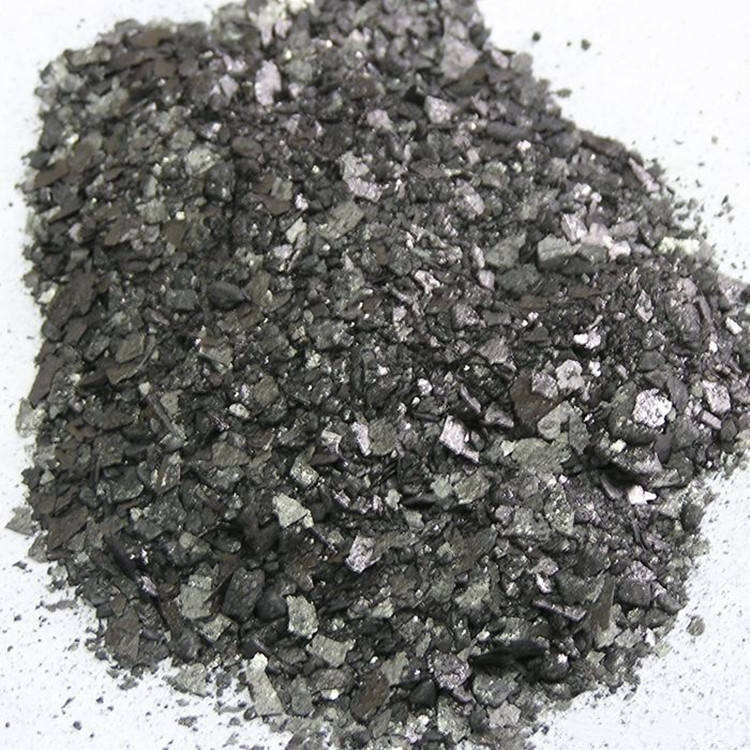
إحداث ثورة في التصنيع الإضافي باستخدام المواد الكربونية الطبيعية يستمر عالم الطباعة ثلاثية الأبعاد في التطور بفضل مواد مبتكرة تُوسع حدود الإمكانيات في مجال التصنيع الإضافي. ومن بين هذه المواد، برزت رقائق الجرافيت كمواد واعدة...
عرض المزيد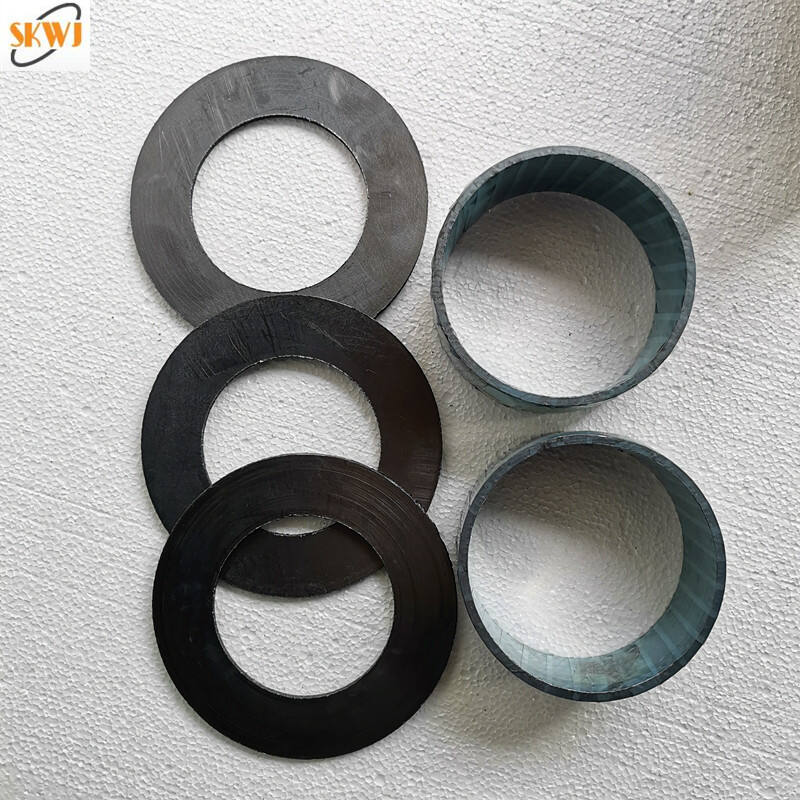
فهم قوة حلول الختم الصناعي الحديثة في عالم الختم والاحتواء الصناعي، ظهرت الحشوات الرسومية كتكنولوجيا أساسية، مما أحدث ثورة في الطريقة التي تتعامل بها الصناعات مع التطبيقات ذات درجات الحرارة والضغط العاليين...
عرض المزيد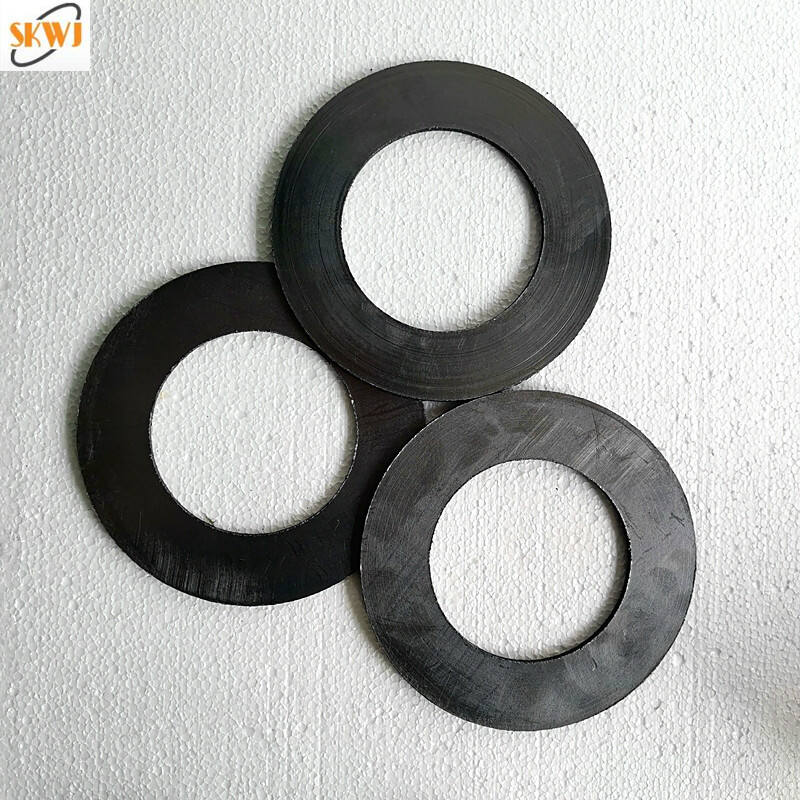
فهم الدور الحيوي للحشوات الرسومية في تطبيقات الختم الحديثة تطورت حلول الختم الصناعي تطوراً كبيراً على مر السنين، وبرزت الحشوات الرسومية كواحدة من أكثر الخيارات موثوقية وتنوعاً المتاحة...
عرض المزيد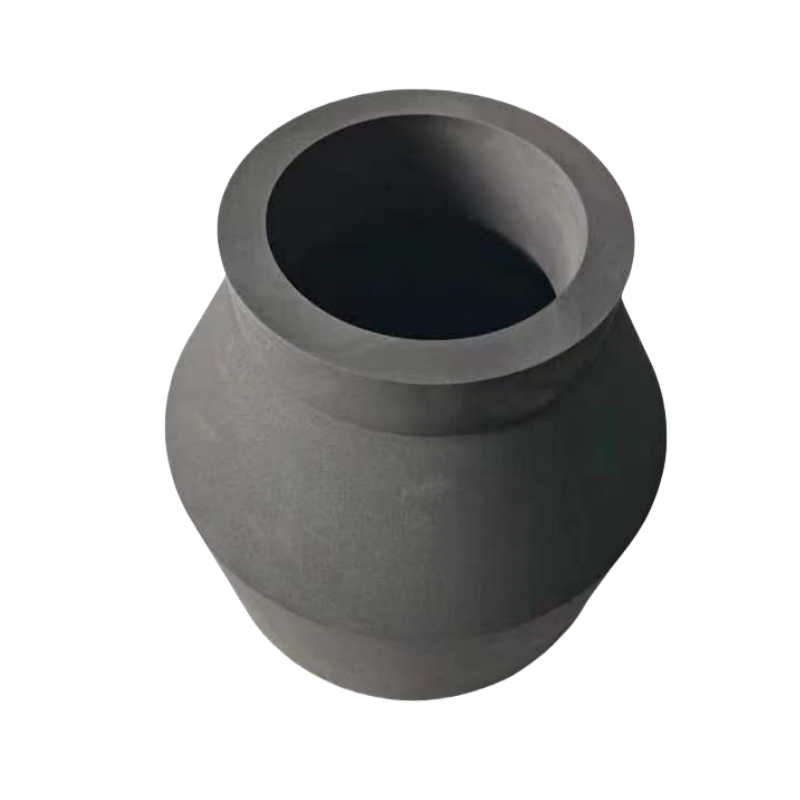
فهم العالم المتعدد الاستخدامات لأشكال الجرافيت الطبيعي، تمثل رقائق الجرافيت واحدة من أكثر المواد القائمة على الكربون إثارة للاهتمام في الطبيعة، وتتميز ببنية طبقية مميزة وخصائص استثنائية. هذه الأشكال البلورية من ...
عرض المزيد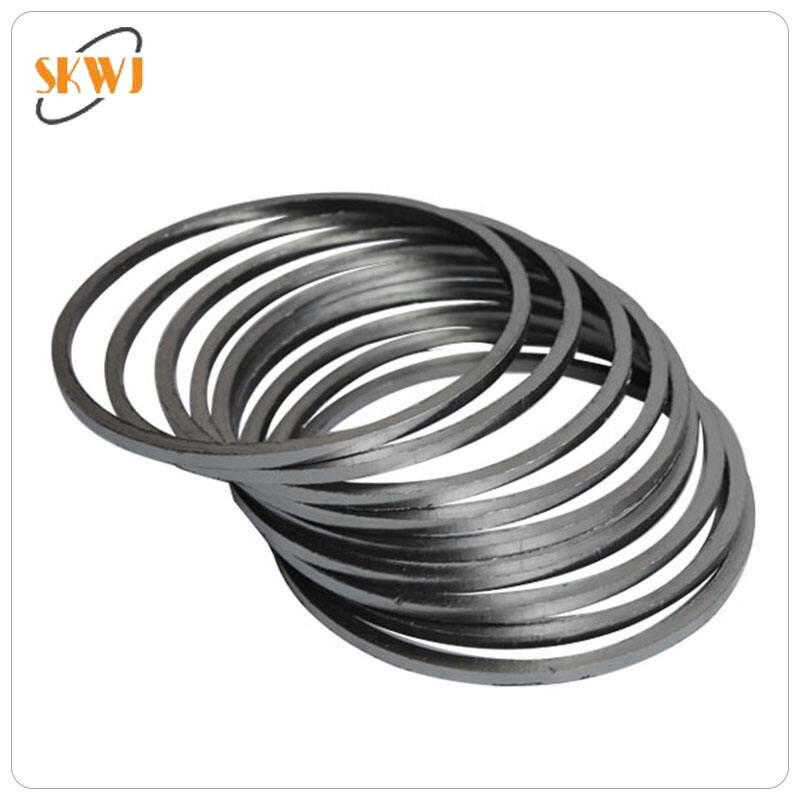
إتقان الهندسة الدقيقة من خلال تقنية القوالب المتطورة، لقد أدى السعي نحو تحقيق الدقة في التصنيع إلى ابتكارات مذهلة في تقنية القوالب، حيث برزت قوالب الجرافيت كعنصر أساسي في العمليات الصناعية الحديثة. هذه القوالب الخاصة ...
عرض المزيد
